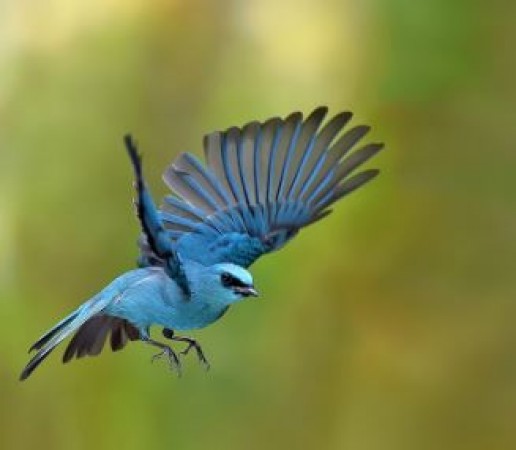
Malwa plateau's Indore district is a true birder's paradise. Famous for its moderate climate, beautiful topography and habitat diversity, Indore attracts more than 260 species of birds every year.
Places for bird watching’s are:
Sirpur Lake
It is More than 150 kinds of birds have been identified at Sirpur Lake, Indore's second IBBA. Numerous species of fish, insects, butterflies, and reptiles live in the urban lake and wetland. In order to safeguard and preserve this diversified ecology, Indore Municipal Corporation (IMC) is working with Nature Volunteers, the city's top environmental NGO. This artificial lake, which is older than 125 years, is located in the Chandan Nagar neighbourhood along the Indore-Dhar route. It occupies 350 acres and is split in two by a bund that runs across the centre of it. The lake was built by Indore's former 19th-century kings, the Holkars, and is now under IMC's care. A unique mixture of aquatic habitat, scrub jungle, open fallow land, and gardens with large, mature fig, tamarind, and gulmohar trees can be found at Sirpur. It has a healthy bird population and serves as a wintering ground for migrating birds. A birding path that follows the lake's bund is ideal for up-close viewing of several kinds of resident and migratory ducks, jacanas, moorhens, herons, egrets, and other waders. Finding passerines or perched birds is easy in the tall trees that line the lake's edge. At the shallow end of the lake, a large variety of bird species, primarily waders, are visible. Additionally, several shrubland birds can be spotted living in there.
Yeshwant Sagar
It is a reservoir created by a dam on the Gambhir River and is located along the Indore-Depalpur Road. The signature species of this marsh is the sarus crane, which can be spotted here all year round. Many birders travel to Indore during the height of the summer to witness their massive congregation. The lake has become a crucial location for their protection since the Sarus Crane population continues to decline in other parts of Malwa as a result of the ongoing loss of wetlands. One must navigate the fields in order to access the water body because the approach is not well marked. Large breeding colonies of Little, Intermediate, and Cattle Egrets can be found in the village's trees next to the water body during the monsoon. Near the IMC pumping station, breeding colonies of Little Cormorants build their nests on the trees, and Little Swifts have enormous nesting colonies inside the pumping station. Wading birds and other waterfowl love the backwaters. Many birds find safety in the shallow water lakes that have reed beds and buried plants throughout the year. Island formation occurs throughout the summer as the water level drops, and River Terns, Black-winged Stilts, and Little-ringed Plovers. Flocks of Common Coots, Glossy Ibis, Black-headed Ibis, Asian Openbills, Little Grebes and Grey-headed Swamphens are common here.
Kishanpura Lake
It is situated on Indore-Dhar road, about 25km from Indore. It is surrounded by hills, farmlands, scrublands and a forest department nursery. By mid-summer, the lake shrinks, with the locals completely dependent on it for water. Kishanpura is ideal for spotting raptors, wetland birds and ground birds. During winter, migratory birds like Eurasian Wigeon, Bar-headed Goose, Greylag Goose, and Common Pochard arrive. This is one of the few places where one can sight rare birds like Indian Courser, Chestnut-bellied Sandgrouse, Eurasian Curlew and Pallid Harrier. It is also a good site to see various species of larks and pipits, along with different species of shrikes, especially the Isabelline, Brown and Great Grey Shrike.
Bilawali Lake
On the Indore-Khandwa route is Bilawali Lake, which spans over 2000 acres. In 2016, IMC commemorated the lake's 100th year. As the lake dries up at the height of summer, water retention is a significant concern here. Many passerine birds can be seen flying around on the trees lining the bund as you stroll along it. Given that the lake is walled and birders must view water birds from a distance, binoculars are a necessity. Buntings and munias are also visible here because of the nearby farmlands and reed beds. Rarities like Mallards and Brown-headed Gulls can be seen here. Many species of birds like storks, spoonbills, herons, ibis and egrets are also common here. The wetland also hosts several species of resident and migratory ducks like Knob-billed Duck, Red-crested Pochard, Gadwall and Garganey.
Also Read: Culinary Delights: 10 Must-Try Dishes in Indore
The Cleanest City of India: A Model for Urban Sanitation and Environmental Sustainability
Unveiling Indore's Hidden Gems: A Comprehensive Guide to Offbeat Experiences